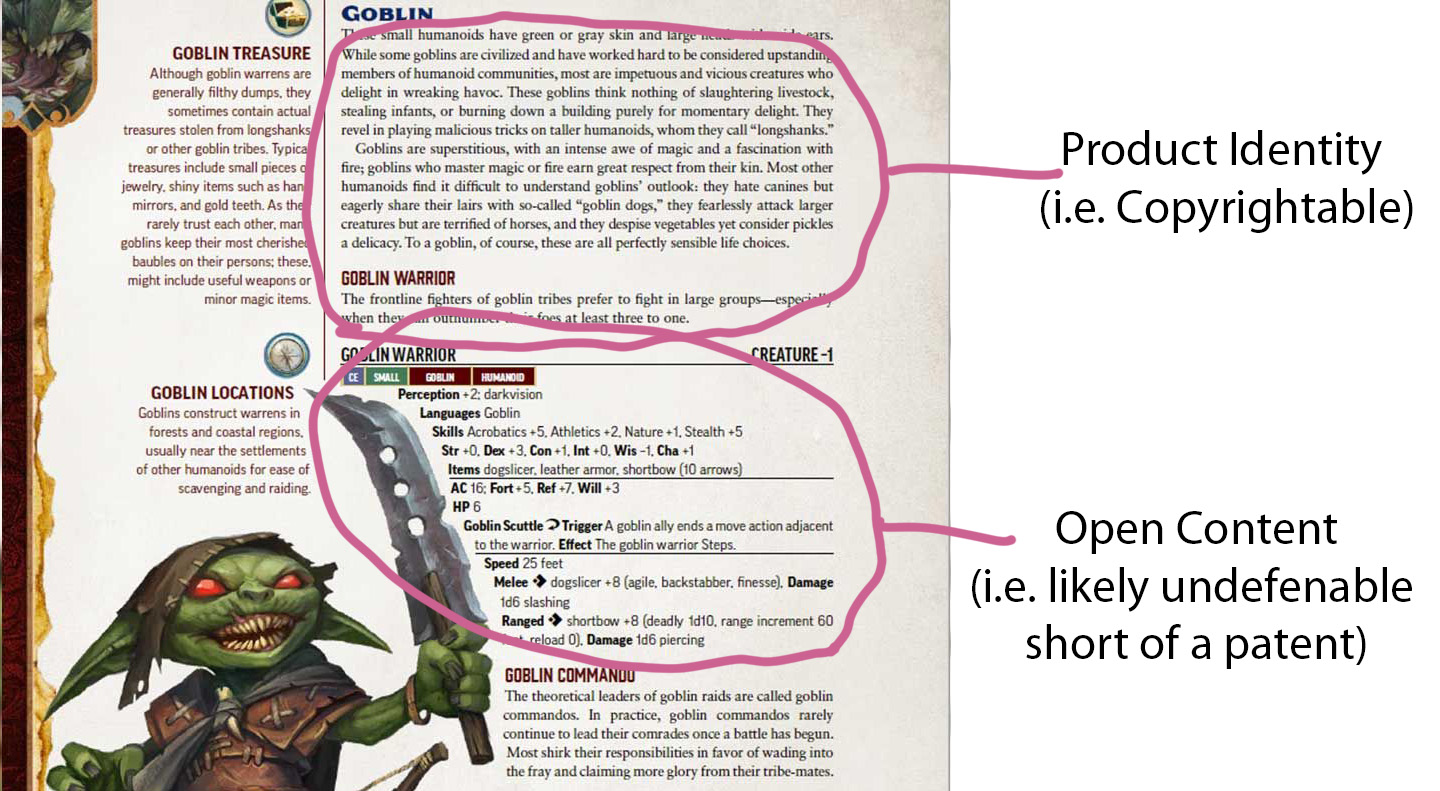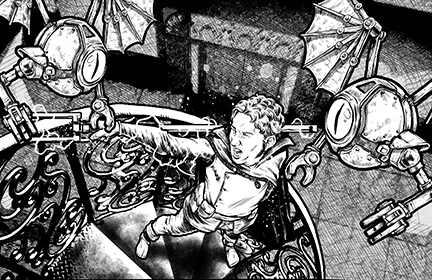I’ll admit it. I’m a middle-aged white dude. An enlightened one–or at least one always striving in that direction–but I do have my predilections.
When you’re a game designer engaging in your craft, you often get pulled between two–oft-competing–goals. Make something marketable so you can pay your rent and making something you think is fucking awesome, the market be damned. And typically, because I’m a child of the 70s and 80s, there is a class of characters I think are cool and deserving of special rules consideration.
The elfish fighter/mage is one of them. From Melf the Elf to Arilyn Moonblade of the Forgotten Realms, and on to Elric of Melnibone as well as the dragaerans in the Empire of the Vlad Taltos novels, it just sings to a lot of folks of my generation, and it sings to me. Unfortunately, it never found it’s a firm root in most game systems. It’s a powerful combination and one that most game designers think is the province of mix/maxers that make a mockery of their craft. In the end, usually, when this sort of admixture sees print, it’s rather weak sauce. Middling magic with uninspiring swordplay. There are some sweet-spot levels, lower levels mostly, but I always thought it deserved its own build–a build of choices, but one that could be fantastic to play. Here’s my first take.
Much like the Giantslayer and the Lorekeeper dwarven mechanics, I wanted to do something with this destiny through racial talents, at least as a starting point. Enter the spellsword.

What follows relies on some knowledge of the progression of character in Delve, so take a look below, and keep in mind the various talent categories of Delve, because we are going to hit a lot of them.

The goal was to find a way to mix spellcasting and swordplay: cast a spell, wave your sword around, striking with oomph. This leads me toward a particular class of spells, classics like shocking hand and chill touch. Few sane wizards rely on these spells, but the spellsword would. These spells (and several other ones you can imagine) become very attractive with this build. Get close, zot with a spell, and then smack with a sword becomes a damn good option.
Of course, there’re still dangers. First off, the drain on your action economy toward damage output puts you on the front line more often than not. Wizards, as a rule, have little training in armor, and an excellent Agility only gets you so far. But wizards always have a trick or two up their sleeves.

It’s a good talent, that as you level in wizard allows you to increase your defenses with some sacrifice. Unless you take it at 1st or 2nd level, you may not sacrifice one of your highest mastery spells to gain its benefit, but you will likely sacrifice your second highest mastery spells to shore up your defenses.
But that’s not your only option. You can become trained with other armors.

You can cast arcane spells in light and medium armor, but it becomes more difficult with heavier armors. Like our Melf, you can strut around in chainmail and even a wooden shield (as long as you take that Novice Spellsword talent) without risking the sacrifice your spells as you cast them. If you wear heavy armor, there’s always a chance of sacrificing the spell. When you sacrifice a spell, you can’t cast it again until you prepare (this is my version of Vancian/Not-Vancian magic).
But that is not the only path toward a higher defense. Here is another option you might consider if you choose to multiclass a level or more into the warrior class.

The fun thing about this one is that it grants a talent bonus, which stacks with an item bonus (which both the Arcane Armor and Armor Training grant). The price is multiclassing, which costs at least two talents. Of course, there’re other benefits to multiclassing into warrior if you go the spellsword route, but we will get to those later. How you shuffle your talents is the build economy, and with many builds, the goal is to create exciting story hooks for you to latch on to.
But that’s only the beginning. Let’s look a the next destiny talent in this progression.

It’s a gamble with each spell, but one without the risk of sacrifice, and the reward of arcane power mixed with martial moxie. And that’s the point, isn’t it?
And that’s just the beginning. There are many parts of the trope to fiddle with, and many builds that come from such simple 19th-century concepts. Dark Lord knows what we could do with catfolk or leshies.
And on that note, see you next week. That’s where things get interesting. On Tuesday, July 2nd, at 5 p.m. PST, I’ll be on GDZ with Zach Glazar and Skeeter Green. It’s a live Facebook show. I’ll share the link on the Delve Facebook page and Twitter before the show so you can listen in to us geeking out about games, both Old School and new. It’ll be a hoot, and maybe you’ll get a sneak peek to the changes that are coming. Just maybe.





Leave a Reply